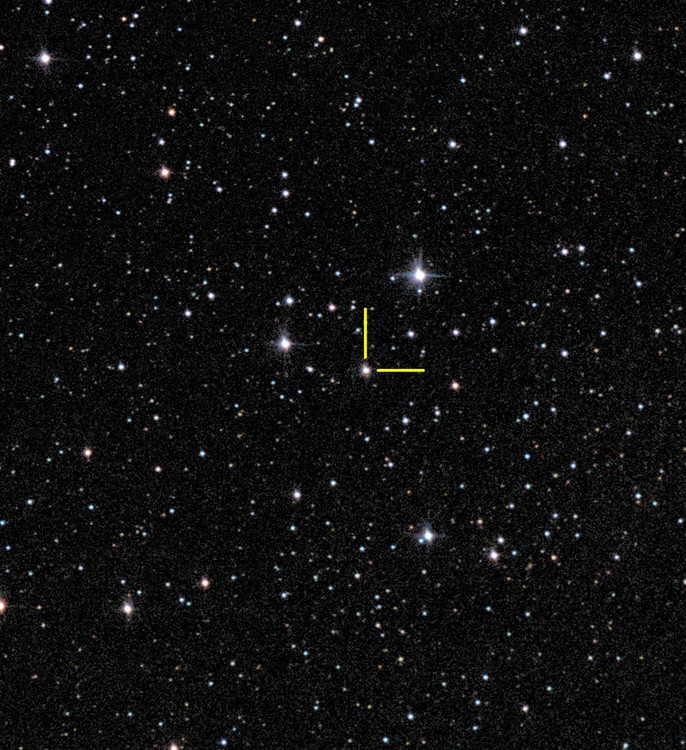Will we be able to see Asteroid 2019 EA2 when it passes earth on March 22nd.
Will we be able to see Asteroid 2019 EA2 when it passes earth on March 22nd.
- This topic has 11 replies, 6 voices, and was last updated 17 March 2019 at 10:50 by
Mick B1.
Viewing 12 posts - 1 through 12 (of 12 total)
Viewing 12 posts - 1 through 12 (of 12 total)
- Please log in to reply to this topic. Registering is free and easy using the links on the menu at the top of this page.
Latest Replies
Viewing 25 topics - 1 through 25 (of 25 total)
-
- Topic
- Voices
- Last Post
Viewing 25 topics - 1 through 25 (of 25 total)
Latest Issue
Newsletter Sign-up
Latest Replies





